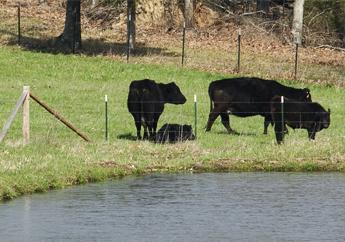Develop water distribution, including pipeline and watering tanks, for grazing areas. By providing water distribution to individual grazing areas, livestock can more effectively utilize the resource. A planned grazing system includes water availability in each grazing area.
